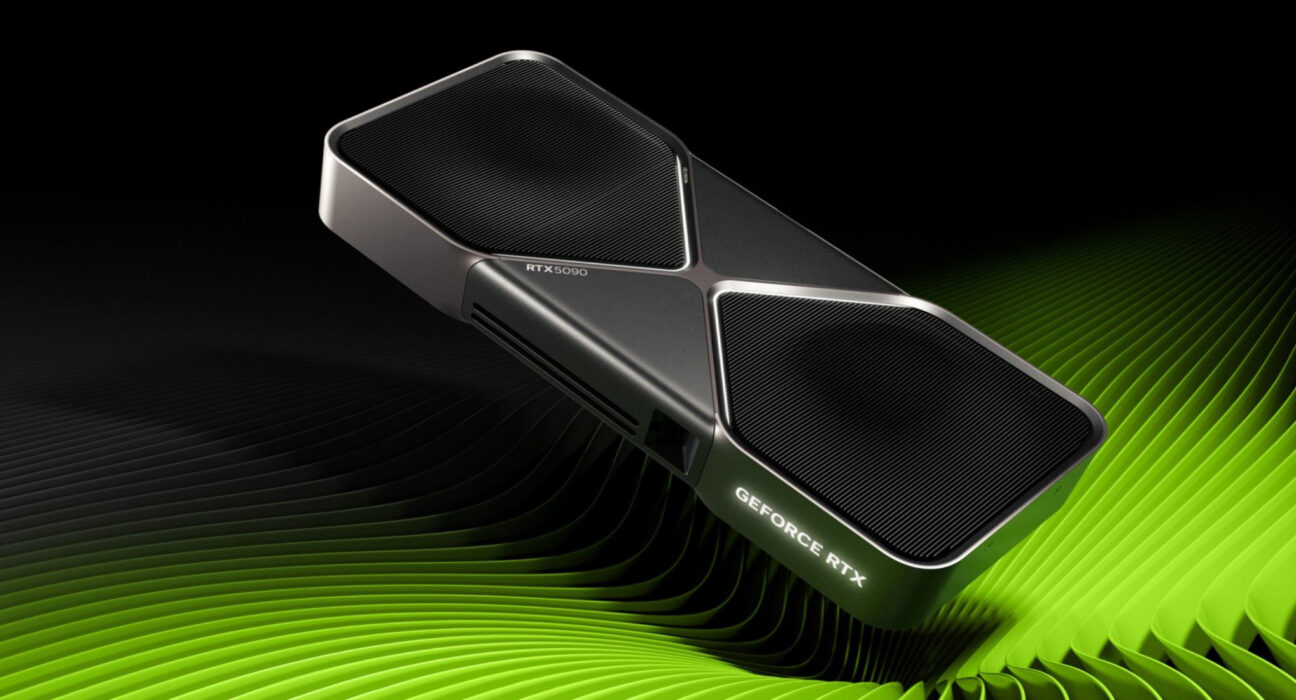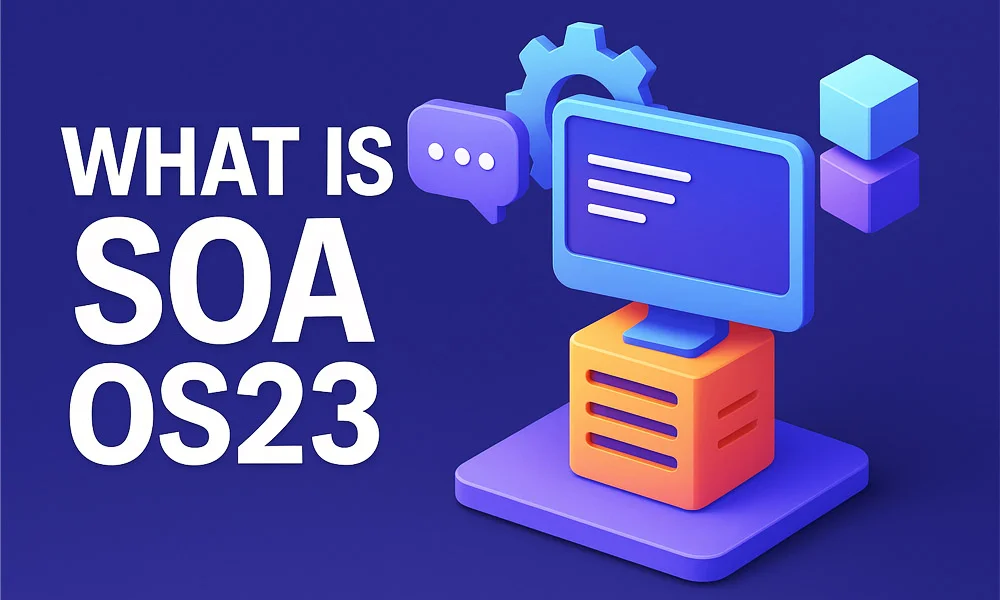The excitement was exhilarating when the tech industry welcomed Nvidia’s RTX 5090 and its 5090D counterpart. Gamers, creators, and technology enthusiasts believed these advanced GPUs would revolutionize high-performance computing. However, despite their stunning specs, a few customers have faced several issues, one particular issue garnering attention on the internet and social networks such as rtx 5090 5090d bricked issues. If you’re among the few lucky ones experiencing this issue or are interested in the cause of the hordes of chaos, we’re here to unravel the mystery for you.
What Does It Mean When a GPU Is “Bricked”?
Before we go into details about what we can do about RTX 5090, 5090D, and other bricked issues, it is essential to understand what “bricking” actually means in technological terms. When a device becomes “bricked,” it becomes totally unresponsive and ineffective, essentially the same as bricks. For GPUs, typically, this means no display output, a fan that doesn’t turn, and it’s impossible to start your computer correctly. The cause of this is often problems with the firmware, overheating or malfunctions in the manufacturing process, or user error when it comes to overclocking or making adjustments.
The RTX 5090 and 5090D are lauded for their promises of record-breaking performance and aren’t free of this issue. The reports of faulty GPUs have been reported, leaving users confused and often out of pocket. What’s the cause, and most importantly, how can they be repaired or prevented?
Potential Causes of RTX 5090 5090D Bricked Issues
Many factors can lead to the unforgivable “death” of your beloved GPU. Here are a few typical culprits that cause RTX 5090 and 5090D bricked problems:
Firmware Glitches
The RTX 5090 and 5090D cards are built on the latest technology software updates, and firmware plays an essential role in their functioning. Sometimes, incompatible firmware or inadequate software updates could disrupt the functionality of the GPU, rendering the card inoperable. This has been seen in users who upgraded their firmware without ensuring smooth installation.
Overheating Hazards
Despite their latest-generation cooling technology, RTX 5090 series GPUs are incredibly powerful, generating massive heat when running heavy workloads. It could overheat when the cooling mechanism is not working or insufficient due to poor airflow within your PC’s case. Overheating can cause stress to internal components, leading to permanent damage and ultimately “bricking” the card.
Manufacturing Defects
Every product isn’t perfect. Even premium graphics cards such as RTX 5090 or 5090D don’t protect against manufacturing defects. Incorrect capacitors and VRMs (Voltage Regulation Modules) could cause premature failure because the card can’t keep the voltage stable.
Overclocking Gone Wrong
Overclocking is an option for gamers looking to get the maximum performance from their hardware. However, inadvertent or intensive overclocking can damage the GPU. The GPU’s power could short-circuit critical components, causing bricking.
Power Supply Problems
High-performance GPUs like the RTX 5090 require a large, steady, reliable, and precise power supply. A faulty or insecure Power supply unit (PSU) can trigger problems with the power supply or cause inconsistencies, which could damage the GPU.
User Modifications
Users who make custom water cooling solutions or aftermarket firmware tweaks can create unintentional risks. Any small error made during installation or software tweaking could affect the card’s capabilities.
What Can You Do If Your RTX 5090 or 5090D Is Bricked?
Realizing that your expensive graphic card isn’t operating properly can be frustrating, but don’t give up hope! There are ways to try recovery or limit the possibility of further loss.
Check Connections and Basic Components
Before you assume the worst, ensure all connections and cables are safe. A loose power cable for PCIe, a GPU that is not seated correctly, or a broken display port can be the real “culprit” behind a seemingly damaged GPU.
Reset the GPU
If you are experiencing firmware issues, resetting the GPU may be a solution. Most motherboards feature a CMOS reset button, which resets BIOS settings to the default setting and eliminates overclocking or improper settings that can cause GPU malfunction.
Seek Firmware/Driver Updates
If an insufficient update causes the issue, the proper driver or firmware installation can return the card. Use Nvidia’s official software to look for or reset new firmware updates.
Test on Another System
The issue might not be related to the GPU specifically. Try using the RTX 5090 and 5090D with an alternative system to determine if there are motherboard or PSU issues, as well as other hardware compatibility issues.
Contact Nvidia or Manufacturer Support
If your RTX 5090 is in warranty, contact Nvidia or the card’s manufacturer. Most vendors offer repair or replacement services for GPUs experiencing bricking problems caused by manufacturing flaws.
Try Professional Repairs
You should seek professional GPU repairs if your card is not under warranty. Although not guaranteed, they may have the knowledge and experience to fix a damaged card.
How to Prevent RTX 5090 5090D Bricked Issues?
While certain failures are beyond your control, you can take preventive measures to decrease the likelihood of damaging your GPU.
Invest in Adequate Cooling
Make sure your PC’s case has adequate airflow. Don’t reduce the amount of fans you have or other cooling options. This will prevent overheating, which is one of the main reasons for GPU failure.
Use a High-Quality PSU
Pick the PSU with enough power to meet the RTX 5090’s demands and a solid reputation for reliability and stability. A cheap PSU is among the biggest mistakes you could make when designing high-performance equipment.
Handle Overclocking Carefully
Only overclock within safe parameters and make adjustments gradually. Overclocking in a hurry or using automated software without knowing the dangers could result in damage.
Keep Firmware and Drivers Updated
Always install GPU drivers and firmware updates from authorized, trusted sources only. Updates usually fix issues, increase the hardware’s stability, and reduce the chance of bricking.
Avoid Unnecessary Modifications
Be careful when using customized firmware, BIOS modifications, or physical changes such as swapping the cooling solution. If you’re not an expert in the field, such modifications could cause instability or damage your GPU.
Keep an Eye on Early Reports
If you’re one of the early adopters of the RTX 5090 or 5090D, keep an eye on forums, Reddit discussions and Nvidia announcements to spot any warning signs that could indicate defects in the design or manufacturing. The power of knowledge is in the mind!
The Bigger Picture Around RTX 5090 5090D Bricked Issues
Although it’s true that the “RTX 5090 5090D bricked issues” could be a source of discouragement, they’re worthy of putting in context. Technology, even at its highest performance, doesn’t come without a flaw, and early adopters typically encounter issues that manufacturers later resolve in new firmware versions or firmware revisions.
Nvidia will prioritize dealing with these issues since its reputation rests on consistent, smooth, and high-end performance. In the meantime, patience (and an appropriate dose of caution) is essential for consumers to minimize the risks.
Final Thoughts
The RTX 5090 and 5090D are definitely powerful GPUs. However, as with every other advanced technology, they also have some issues. The problems reported with bricks can seem depressing, but understanding the root cause, recovery options, and preventive steps can assist you in making the most of the investment you’ve made.
By adhering to the correct handling procedures, monitoring software updates closely, and making smart upgrades to your entire system, you’ll be more prepared to guard your GPU. Ultimately, the pleasure of playing games or creating content with top-of-the-line hardware is worth the effort required to ensure it runs smoothly for years.






